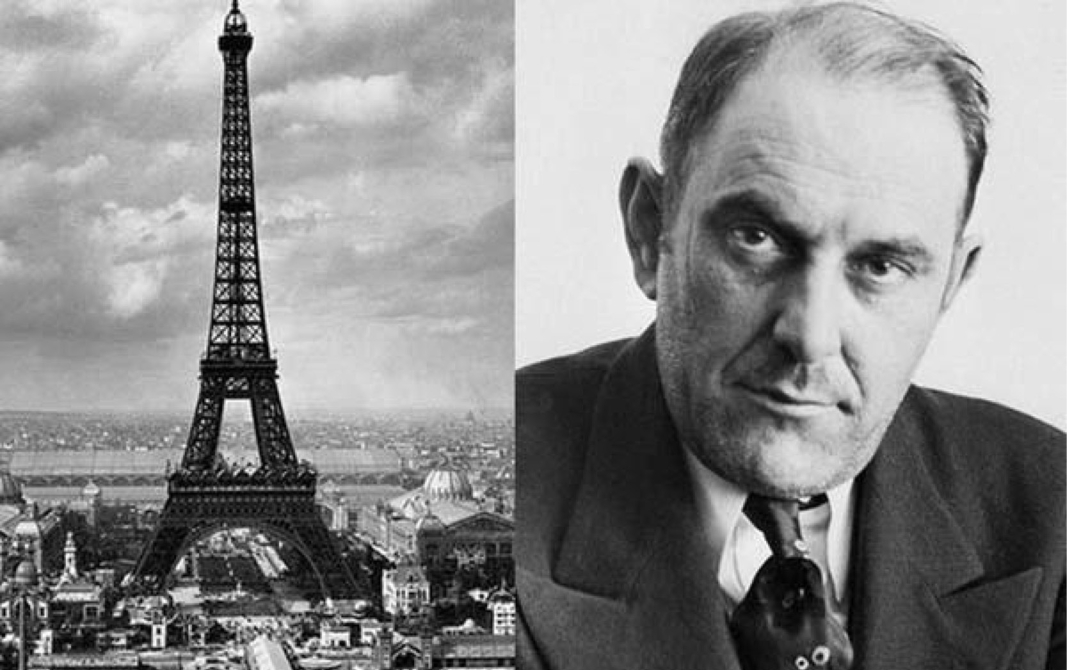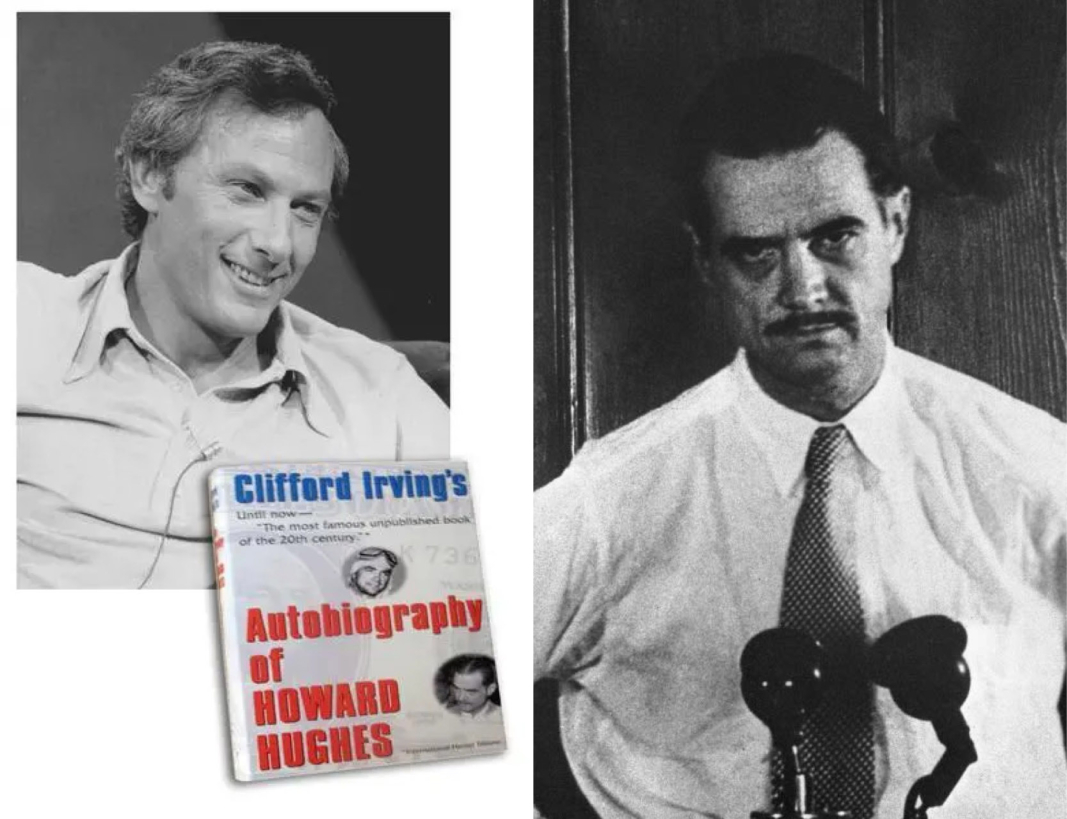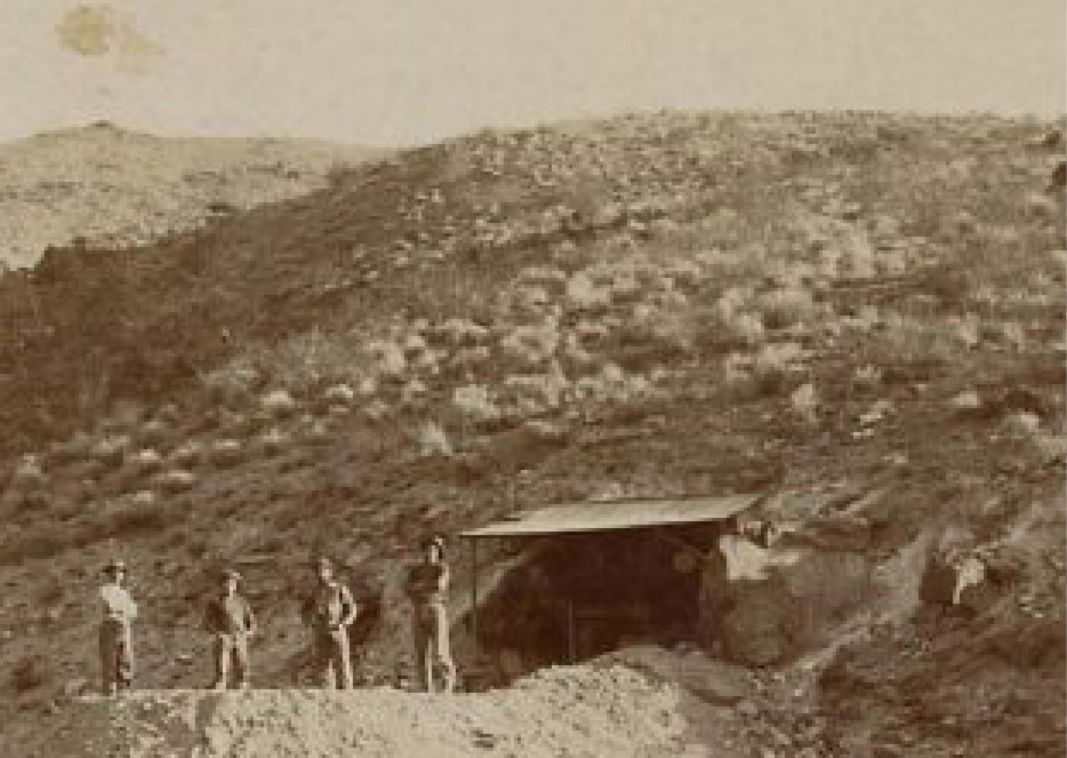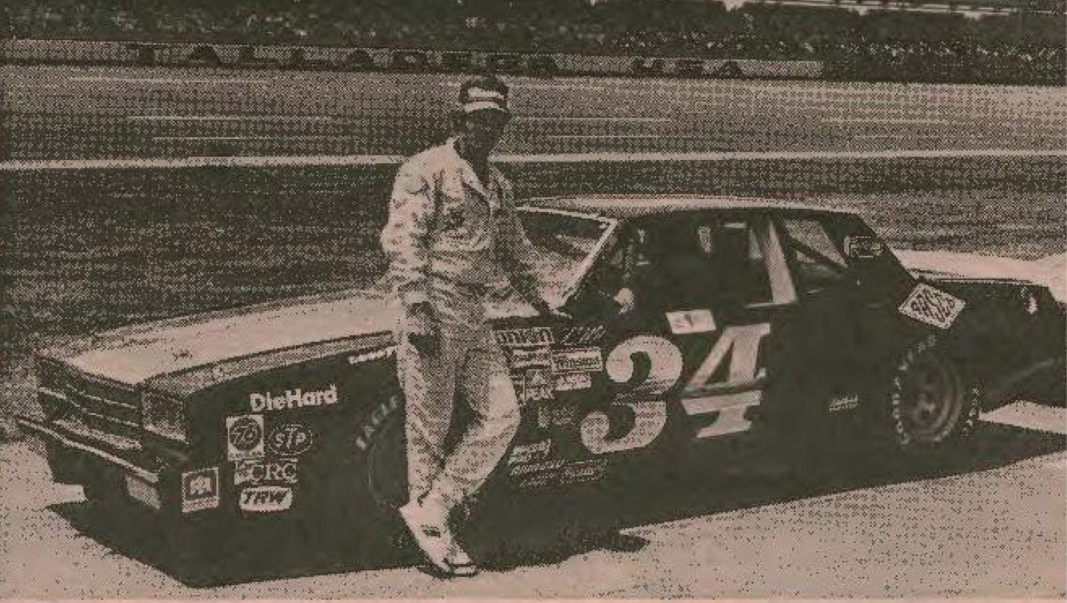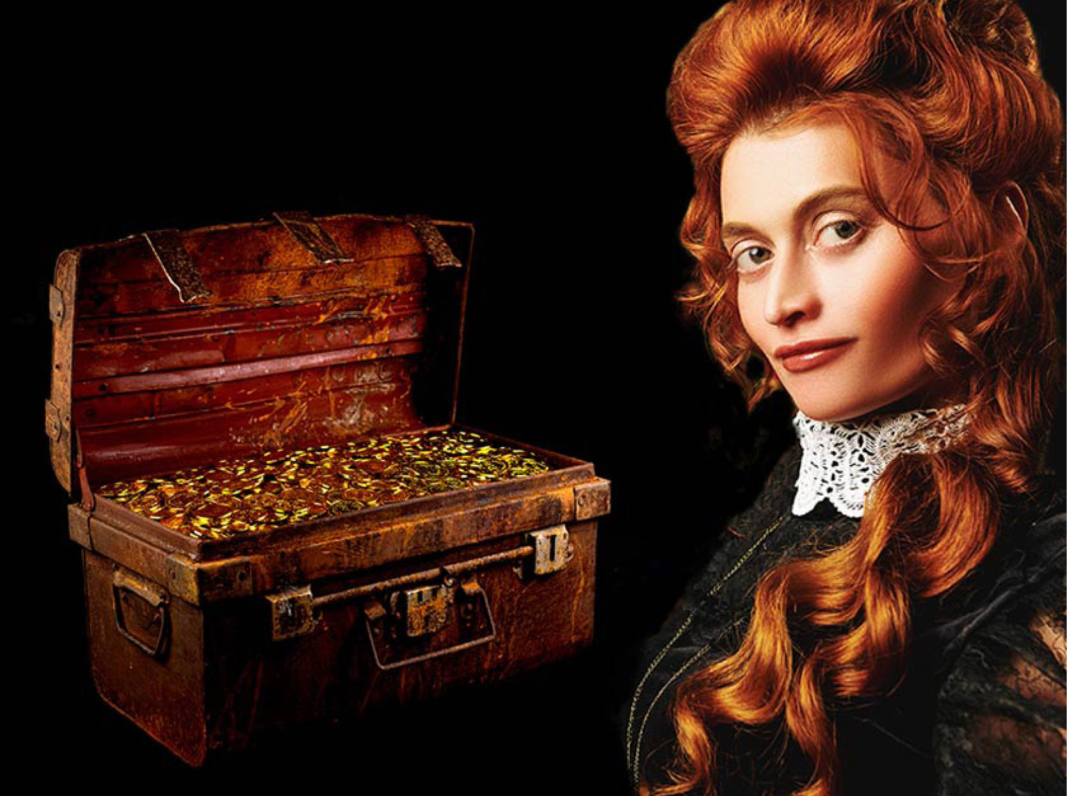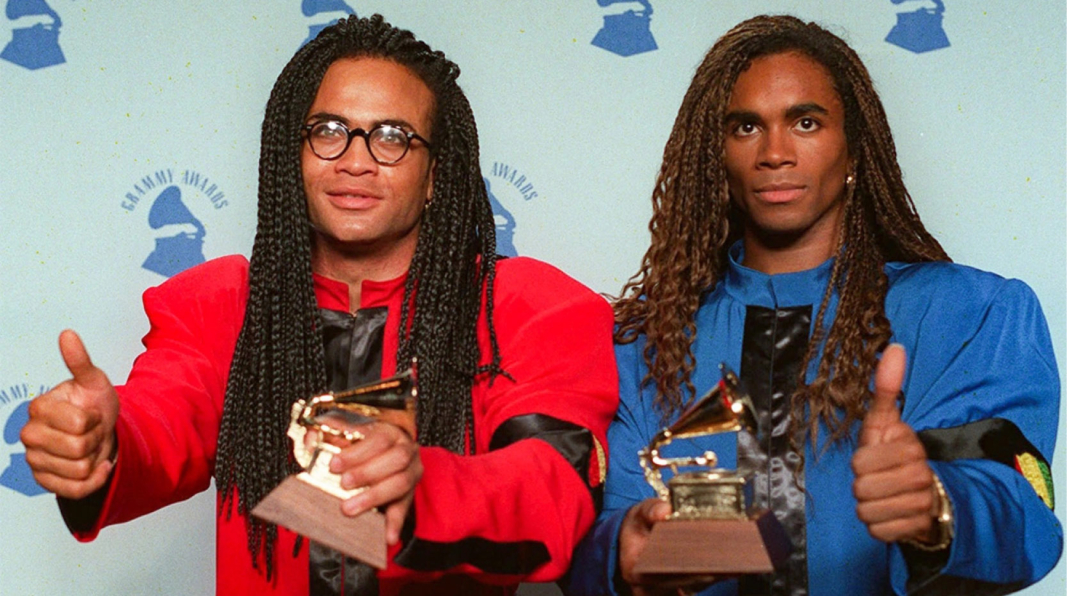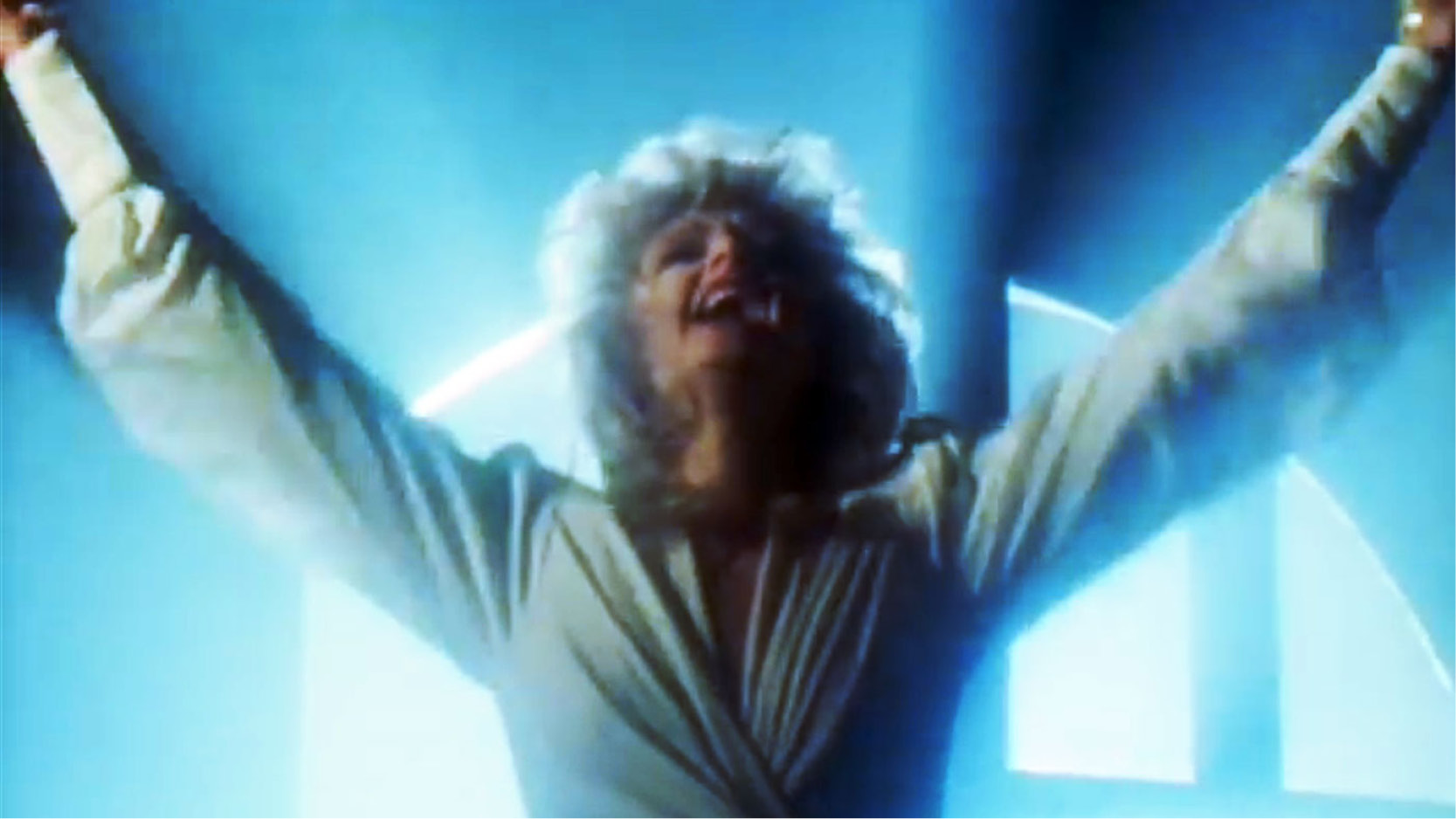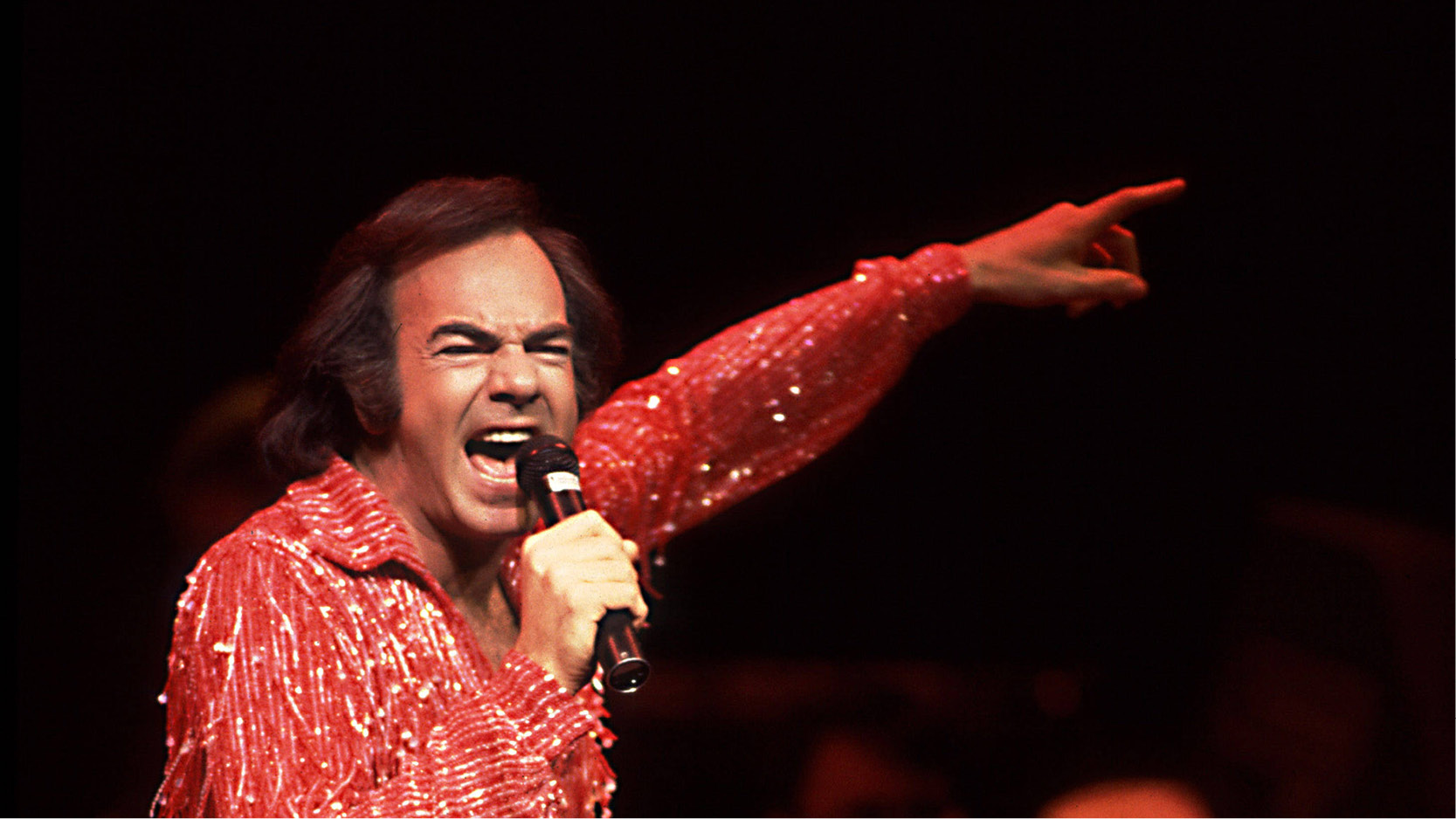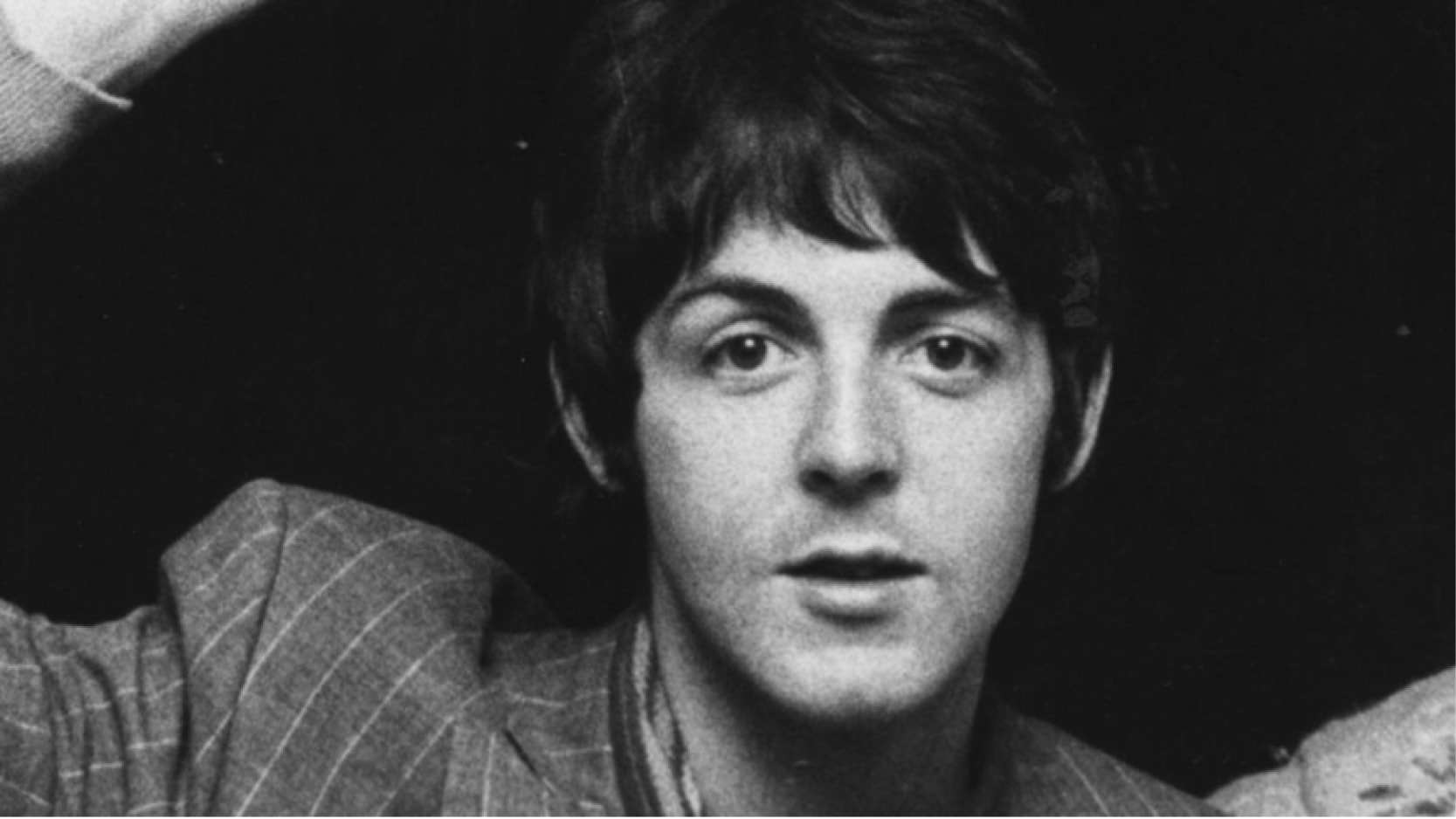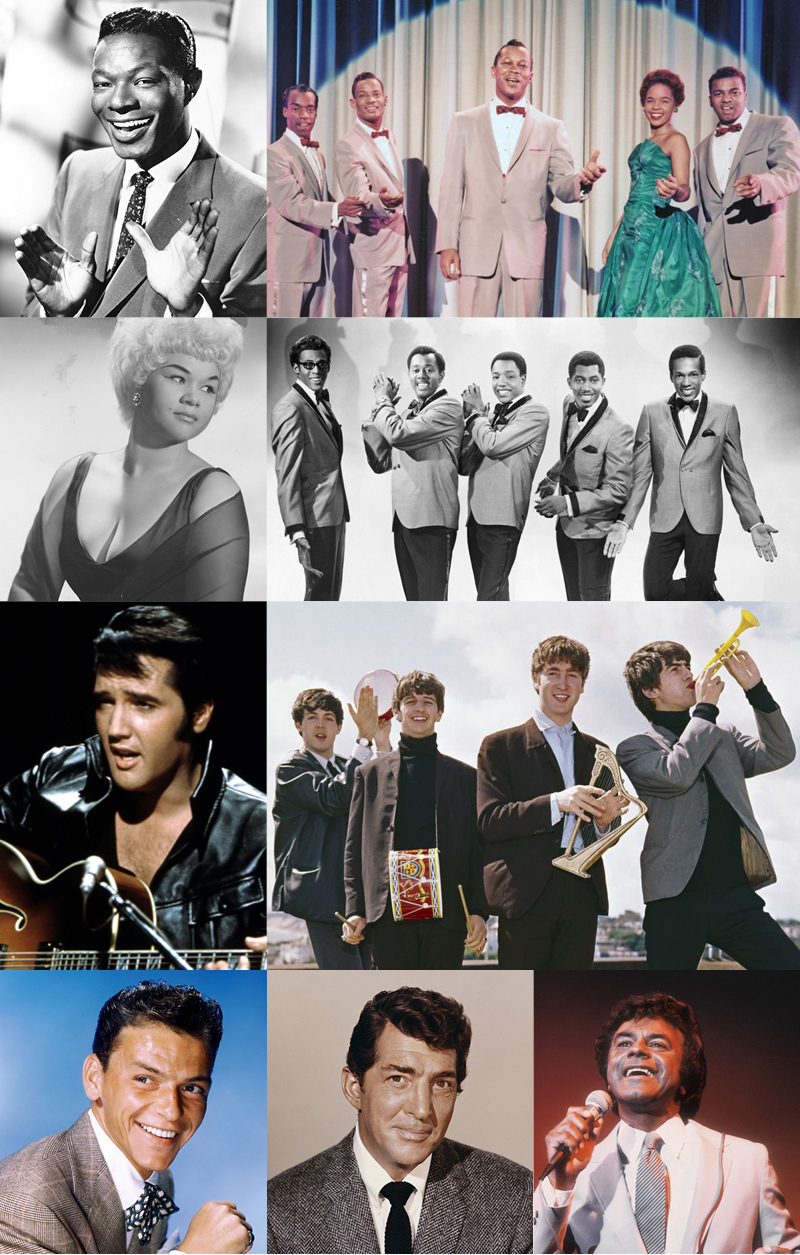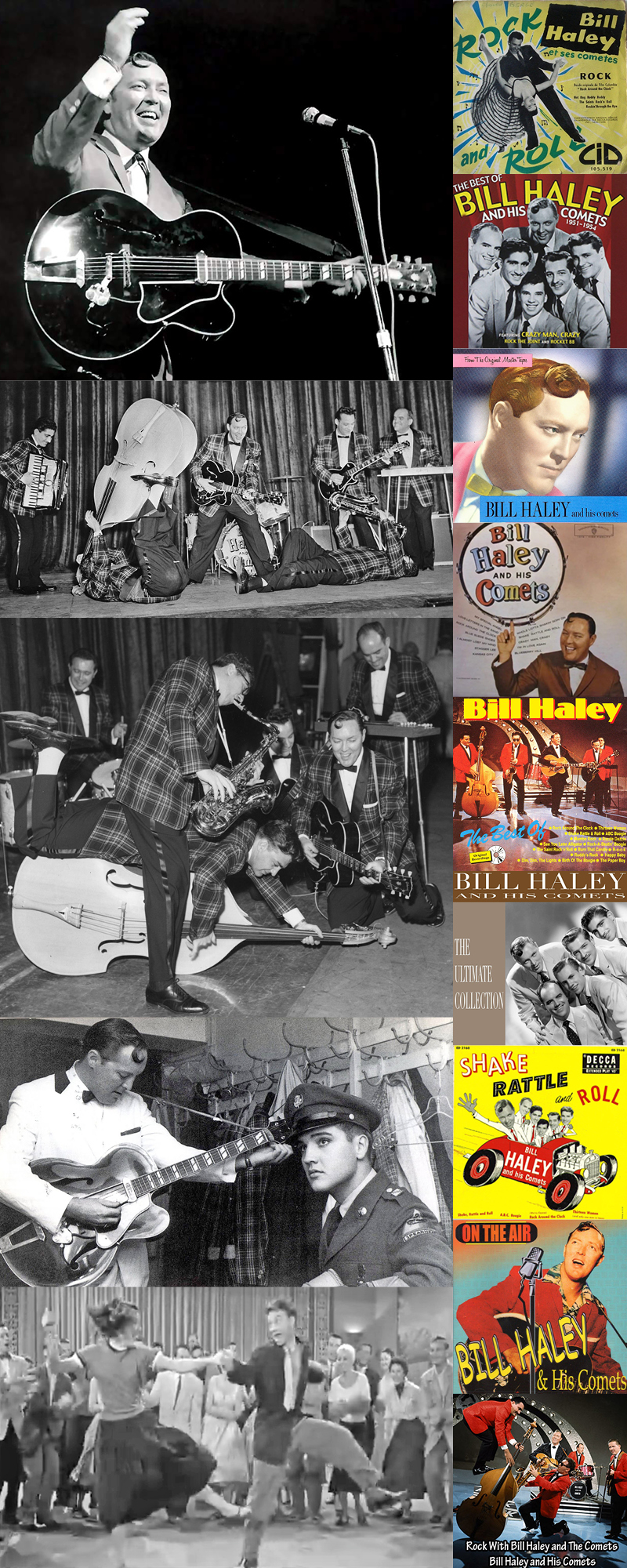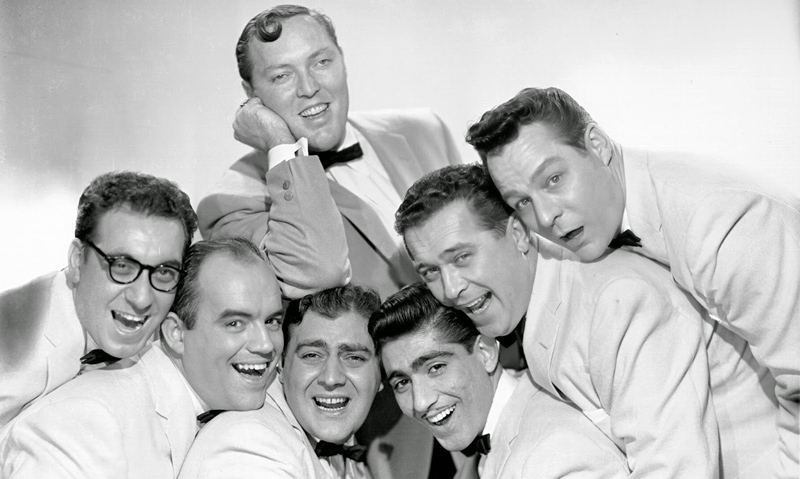
(Top two photos) Nick Ercoline and Bobbi Kelly were boyfriend and girlfriend wrapped in a muddy blanket at Woodstock and wound up on the Woodstock album cover. Two years later they were married. And now, 50 years later, we’re still having fun together,” says Nick. Bobbi is a retired school nurse and Nick a carpenter. Their married life contrasts with the sex, drugs and rock ‘n’ roll of that era. “In 1969, it was all about free love, living in communes; people weren’t monogamous. At the end of the day we are the opposite of that. (row three) An original poster and ticket; (rows four, five and six) The feel of the crowd; (row seven) Jimmy Hendrix and Richie Havens; (row eight) Country Joe McDonald and Janis Joplin; (row nine) The crowd on Max Yasgur’s farm. Wow!!
Peace and love. Doesn’t get much simpler. It’s been 50 years since one of the most recognized rock concerts in history – Woodstock took place this weekend. What started as a small fundraising event to build a remote recording studio turned into over 400,000 peaceful and loving youngsters singing and dancing on muddy hillsides. Looking back, I love to read the unique behind the scenes history that led up to the event and relive the artists who became world renowned from their live performances (and those who said “no”). And talk about your PIA (Pain in the #%$) Jobs – food, water, bathrooms, first aid, parking, traffic, stage logistics, lighting, sound and more – all got figured out … and THEN the rains came … wow! Hats off to all of those involved. Here is some really fun trivia on the events leading up to the festival, the performers who took the stage, and those who had other plans (and regret it). Enjoy, and be sure to click on the links to hear some of your favorite songs and see some great video footage.
Woodstock was a music festival held August 15–18, 1969, which attracted an audience of more than 400,000. Billed as “an Aquarian Exposition: 3 Days of Peace & Music”, it was held at Max Yasgur‘s 600-acre dairy farm in Bethel, New York, 43 miles southwest of the small town of Woodstock.
Thirty-two acts performed outdoors despite sporadic rain. It has become widely regarded as a pivotal moment in popular music history, as well as the definitive nexus for the larger counterculture generation of the late 60’s.
Woodstock was initiated through the efforts of Michael Lang, Artie Kornfeld, Joel Rosenman, and John P. Roberts. Roberts and Rosenman financed the project. Lang had some experience as a promoter, having co-organized the Miami Pop Festival on the East Coast the prior year, where an estimated 25,000 people attended the two-day event.
Early in 1969, Roberts and Rosenman were New York City entrepreneurs, in the process of building Media Sound, a large audio recording studio complex in Manhattan. Lang and Kornfeld’s lawyer, Miles Lourie, who had done legal work on the Media Sound project, suggested that they contact Roberts and Rosenman about financing a similar, but much smaller, studio Kornfeld and Lang hoped to build in Woodstock, New York. Unpersuaded by this Studio-in-the-Woods proposal, Roberts and Rosenman counter-proposed a concert featuring the kind of artists known to frequent the Woodstock area (such as Bob Dylan and The Band).
Kornfeld and Lang agreed to the new plan, and Woodstock Ventures was formed in January 1969. From the start, there were differences in approach among the four: Roberts was disciplined and knew what was needed for the venture to succeed, while the laid-back Lang saw Woodstock as a new, “relaxed” way of bringing entrepreneurs together. When Lang was unable to find a site for the concert, Roberts and Rosenman, growing increasingly concerned, took to the road and eventually came up with a venue – a small dairy farm in upstate New York.
In April 1969, Creedence Clearwater Revival became the first act to sign a contract for the event, agreeing to play for $10,000 (equivalent to about $75,000 today). The promoters had experienced difficulty landing big-name groups prior to Creedence committing to play, as many popular groups were already committed to other concerts and projects. Creedence drummer Doug Cliffordlater commented, “Once Creedence signed, everyone who could jumped in line and all the other big acts came on.”
Woodstock was designed as a profit-making venture (it became a “free concert” only after the event drew hundreds of thousands more people than the organizers had prepared for). Tickets for the three-day event cost $18 in advance and $24 at the gate (equivalent to about $120 and $160 today). Ticket sales were limited to record stores in the greater New York City area, or by mail via a post office box at the Radio City Station Post Office located in Midtown Manhattan. Around 186,000 advance tickets were sold, and the organizers anticipated approximately 200,000 festival-goers would turn up.
Town officials were assured by the promoters that no more than 50,000 would attend. Town residents immediately opposed the project, and passed a law requiring a permit for any gathering over 5,000 people. On July 15, 1969, the Wallkill Zoning Board of Appeals officially banned the concert on the basis that the planned portable toilets would not meet town code. Reports of the ban, however, turned out to be a publicity bonanza for the festival.
The organizers once again told Bethel authorities they expected no more than 50,000 people.
Despite resident opposition and signs proclaiming, “Buy No Milk. Stop Max’s Hippy Music Festival”,Bethel Town Attorney Frederick W. V. Schadt, building inspector Donald Clark and Town Supervisor Daniel Amatucci approved the festival permits, but the Bethel Town Board refused to issue the permits formally. Clark was ordered to post stop-work orders.
Subsequently, on August 2, 1969, the Building Inspector informed Woodstock Ventures, Inc. that the Stop Work Order was lifted, and the festival could proceed pending backing by the Department of Health and Agriculture, and removal of all structures by September 1, 1969.
The late change in venue did not give the festival organizers enough time to prepare. At a meeting three days before the event, organizers felt they had two options: one was to complete the fencing and ticket booths, without which the promoters would lose any profit or go into debt; the other option involved putting their remaining available resources into building the stage, without which the promoters feared they would have a disappointed and disgruntled audience.
When the audience began arriving by the tens of thousands the next day, the Wednesday before the weekend, the decision was made for them. Those without tickets simply walked through gaps in the fences, and the organizers were forced to make the event free of charge. Though the festival left its promoters nearly bankrupt, their ownership of the film and recording rights more than compensated for the losses after the release of the hit documentary film Woodstock in March 1970.
The influx of attendees to the rural concert site in Bethel created a massive traffic jam. Fearing chaos as thousands began descending on the community, Bethel did not enforce its codes. Eventually, announcements on radio stations as far away as WNEW-FM in Manhattan and descriptions of the traffic jams on television news discouraged people from setting off to the festival.The facilities were not equipped to provide sanitation or first aid for the number of people attending; hundreds of thousands found themselves in a struggle against bad weather, food shortages, and poor sanitation.
On the morning of Sunday, August 17, New York Governor Nelson Rockefeller called festival organizers and told them he was thinking of ordering 10,000 New York State National Guard troops to the festival. Roberts was successful in persuading Rockefeller not to do this. Sullivan County declared a state of emergency. During the festival, personnel from nearby Stewart Air Force Base assisted in helping to ensure order and airlifting the performers in and out of the concert venue.
Although the festival was remarkably peaceful given the number of people and the conditions involved, there were two recorded fatalities: one from insulin usage, and another caused in an accident when a tractor ran over an attendee sleeping in a nearby hayfield.
There were two births recorded at the event (one in a car caught in traffic and another in a hospital after an airlift by helicopter) and four miscarriages.
Yet, in tune with the idealistic hopes of the 1960s, Woodstock satisfied most attendees. There was a sense of social harmony, which, with the quality of music, and the overwhelming mass of people, many sporting bohemian dress, behavior, and attitudes, helped to make it one of the enduring events of the century.
After the concert, Max Yasgur, who owned the site of the event, saw it as a victory of peace and love. He spoke of how nearly half a million people filled with potential for disaster, riot, looting, and catastrophe spent the three days with music and peace on their minds. He stated, “If we join them, we can turn those adversities that are the problems of America today into a hope for a brighter and more peaceful future…”
Order of the Performers and some trivia:
- Richie Havens – was moved up to the opening performance slot after Sweetwater were stopped by police en route to the festival and other artists were delayed on the freeway.
- Swami Satchidananda – Gave the opening speech/invocation for the festival.
- Sweetwater
- Bert Sommer – Received the festival’s first standing ovation after his performance of Simon and Garfunkel’s “America”.
- Tim Hardin
- Ravi Shankar – Played through the rain
- Melanie – Sent onstage for an unscheduled performance after the Incredible String Band declined to perform during the rainstorm.
- Arlo Guthrie
- Joan Baez – Was six months pregnant at the time.
- Quill
- Country Joe McDonald – Brought in for an unscheduled emergency solo performance when Santana were not yet ready to take the stage. Joe performed again with The Fish the following day.
- Santana – Aged 20, Michael Shrieve, the band’s drummer, was the youngest musician to play at the festival.
- John Sebastian – Sebastian was not on the bill, but rather was attending the festival, and was recruited to perform while the promoters waited for many of the scheduled performers to arrive.
- Keef Hartley Band
- The Incredible String Band – Originally slated to perform on the first day following Ravi Shankar; declined to perform during the rainstorm and were moved to the second day.
- Canned Heat
- Mountain – This performance was only their third gig as a band.
- Grateful Dead – Their set was cut short after the stage amps overloaded during “Turn On Your Love Light”.
- Creedence Clearwater Revival
- Janis Joplin with The Kozmic Blues Band
- Sly and the Family Stone
- The Who – Briefly interrupted by Abbie Hoffman.
- Jefferson Airplane – Joined onstage on piano by Nicky Hopkins.
- Joe Cocker and The Grease Band – Played “With A Little Help From My Friends.” After Joe Cocker’s set, a thunderstorm disrupted the events for several hours.
- Country Joe and the Fish – Country Joe McDonald’s second performance.
- Ten Years After
- The Band
- Johnny Winter – Winter’s brother, Edgar Winter, is featured on three songs.
- Blood, Sweat & Tears
- Crosby, Stills, Nash & Young – An acoustic and electric set were played. Neil Young skipped most of the acoustic set.
- Paul Butterfield Blues Band
- Sha Na Na
- Jimi Hendrix / Gypsy Sun & Rainbows – Performed to a considerably smaller crowd of fewer than 200,000 people.
Declined invitations or missed connections:
- Bob Dylan– a resident of the town of Woodstock, was never in serious negotiation. Instead, Dylan signed in mid-July to play the Isle of Wight Festival of Music, on August 31. Dylan had been unhappy about the number of hippies piling up outside his house in the nearby town of Woodstock.
- Simon & Garfunkel declined the invitation, as they were working on their new album.
- The Jeff Beck GroupJeff Beck disbanded the group prior to Woodstock. “I deliberately broke the group up before Woodstock,” Beck said. “I didn’t want it to be preserved
- Led Zeppelin was asked to perform. Their manager Peter Grant stated: “We were asked to do Woodstock and Atlantic were very keen, and so was our U.S. promoter, Frank Barsalona. I said no because at Woodstock we’d have just been another band on the bill.”
- The Byrds were invited, but chose not to participate, believing that Woodstock would be no different from any of the other music festivals that summer.
- Chicago,at the time still known as the Chicago Transit Authority, had initially been signed on to play at Woodstock. However, they had a contract with concert promoter Bill Graham, which allowed him to move Chicago’s concerts at the Fillmore West, to let Santana play at Woodstock.
- Tommy James and the Shondells declined an invitation. Lead singer Tommy James stated later: “We could have just kicked ourselves. We were in Hawaii, and my secretary called and said, ‘Yeah, listen, there’s this pig farmer in upstate New York that wants you to play in his field.’ That’s how it was put to me. So we passed, and we realized what we’d missed a couple of days later.”
- The Moody Blues were included on the original Wallkill poster as performers, but decided to back out after being booked in Paris the same weekend.
- Frank Zappa,then with The Mothers of Invention, according to the Class of the 20th Century U.S. television special, said “A lot of mud at Woodstock … We were invited to play there, we turned it down.”
- Arthur Lee and Love declined the invitation, but Mojo Magazine later described inner turmoil within the band which caused their absence at the Woodstock festival.
- Free was asked to perform and declined. They did however play at the Isle of Wight Festival, a week later.
- Mind Garage declined because they thought the festival would be a minor event, and they had a higher paying gig elsewhere.
- The Doors were considered as a potential performing band but canceled at the last moment. According to guitarist Robby Krieger, they turned it down because they thought it would be a “second class repeat of Monterey Pop Festival” and later regretted that decision.
- Spirit also declined an invitation to play, as they already had shows planned and wanted to play those instead, not knowing how big Woodstock would be.
- Joni Mitchell was originally slated to perform, but cancelled at the urging of her manager to avoid missing a scheduled appearance on The Dick Cavett Show. She later described the event as “a spark of beauty” where half-a-million kids “saw that they were part of a greater organism”.
- Lighthouse declined to perform at Woodstock.
- Roy Rogers was asked by Lang to close the festival with “Happy Trails” but he declined.
- Procol Harum was invited but refused because Woodstock fell at the end of a long tour and also coincided with the due date of guitarist Robin Trower’s baby.
- Jethro Tull also declined. According to frontman Ian Anderson, he knew it would be a big event but he did not want to go because he did not like hippies and other concerns including inappropriate nudity, heavy drinking and drug use.
- Raven – turned down his offer based on the fact that the year before the band played at one of the Woodstock Sound-Outs and the gig didn’t go well. Lang assured them that his concert was going to be different. The band respectfully turned down.[69]
- Blues Image,according to a 2011 interview with percussionist Joe Lala, agreed to appear at the Woodstock festival. Their manager did not want them to go and said, “There’s only one road in and it’s going to be raining, you don’t want to be there”.
- Iron Butterfly was booked to appear, and is listed on the Woodstock poster for a Sunday performance, but could not perform because they were stuck at LaGuardia Airport.
- The Rascals were invited to play the festival but declined because they were in the middle of recording a new album.
- When enquiries were made about The Beatles possibly appearing, it was also suggested that a recent signee to their label Apple Records should also get an invite. That artist was James Taylor.When the group declined their invitation Taylor’s invite was withdrawn as well.
- Allegedly, The Rolling Stones were also sent an invitation, but declined because Mick Jagger was in Australia filming Ned Kelly, and Keith Richards‘ girlfriend Anita Pallenberg had just given birth to their son Marlon.
Okay. A couple more links. About an hour each:
Woodstock Day One – Friday
Woodstock Day Two – Saturday

